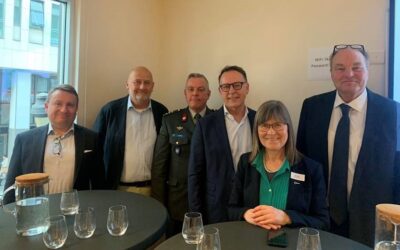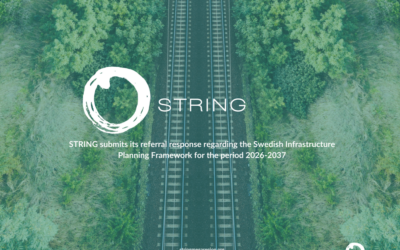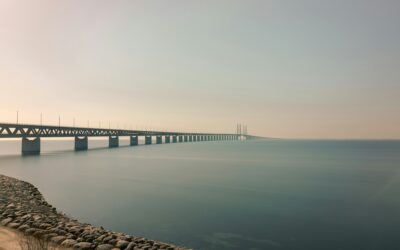With the establishment of the Fehmarnbelt Tunnel, there are great gains to be harvested within both transport, logistics, digital business, tourism and culture. The STRING corridor between Northern Germany, Denmark and Southern Sweden, comprising the larger cities of Hamburg and Copenhagen, has the potential to become a growth engine in Northern Europe.
At the ready
To fully exploit the effects and realize the potentials, it is necessary to discuss the roadmap for the future of the emerging region already now.
This is the starting point for the report titled “Staircase to Growth”, which the political STRING cooperation has commissioned the research institute Oxford Research to compile and which has been published today.
The report shows how large infrastructure projects can contribute to sustainable growth and promote innovative investments – and shows the challenges that may arise on the way.
Three platforms
The report suggests three levels of platforms that are crucial if the existing barriers are to be overcome and the potentials and opportunities in the corridor fully utilised:
POLICY COOPERATION PLATFORM:
A central platform for cooperation and coordination between the regions of the three countries that decides the overall focus of cooperation. Here, the report points out that there is a need to strengthen the political cooperation and coordination structure in the corridor if sustainable framework conditions are to be created. Several stakeholders in the region point to the need for the central cooperation platform (which is STRING today) to have a stronger mandate for decision-making. In addition, more financial funds need to be earmarked for specific tasks in this context.In this regard, it is important to seek new cooperation.
TECHNICAL COOPERATION:
A number of technical taskforce and coordination platforms between the three countries, which should focus on coordination and synchronization of infrastructure development and regulation on an operational level.
INNOVATIVE COOPERATION:
A number of innovation platforms between the three countries in the form of cluster organizations which are capable of gathering higher educational, research and development facilities, businesses, public institutions and civil society across national borders.
STRING Chairman Steen Bach Nielsen, Regional Council Member in Region Zealand, emphasizes the need to act now:
“It is crucial for the future that we as politicians act now and work to create the best common framework conditions for business, research and development, tourism and culture. This will facilitate new collaborations and development opportunities for businesses – and for everyone sharing our vision of a more integrated region between Germany, Denmark and Sweden.
– As the report emphasizes, there are gains of billions awaiting when the connection is complete. Therefore, we must start the construction work as soon as possible, preferably already in 2018, so that the connection can open in 2026 rather than in 2028. Any potential trial may not have a suspensive effect and should only deal with details and possible compensation, the STRING Chairman stresses.



